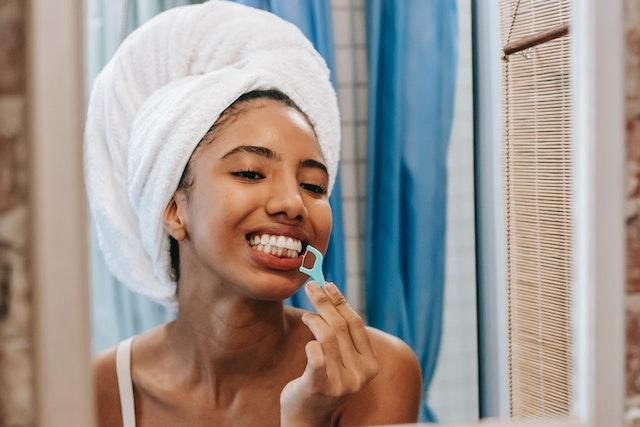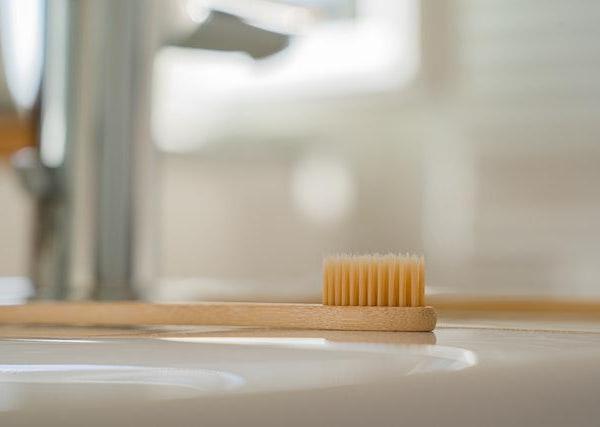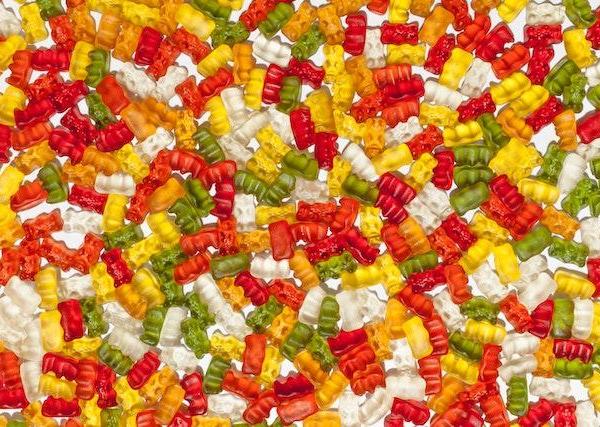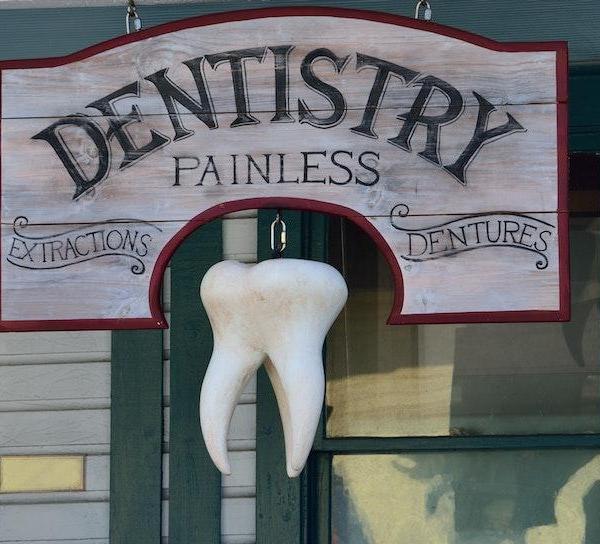The majority of people brush their teeth every day; however, not all of them floss their teeth on a regular basis. Approximately 4 out of 10 people floss daily, while 20 percent don't floss at all.
It's important to remember that flossing on its own isn't enough to ensure good oral health. Flossing correctly is one of the most important things you can do. Your teeth and gums can be damaged by improper flossing. The best way to floss is to follow this step-by-step guide if you're unsure about how to clean your teeth.
How to floss?
1. Cut dental floss into 18-24 inches pieces. Your middle fingers should be wrapped around most of the floss in order to hold it correctly. If you are flossing your teeth, the floss you need should only be 1 or 2 inches long. Keep your thumb and index fingers tight as you hold the floss.2. You should insert dental floss between two teeth. Brush both sides of each tooth with the floss, gliding it up and down. The floss should not touch your gums. Your gums may be scratched or bruised as a result.
3. When the floss reaches your gums, it should be wrapped around your teeth. In this way, floss can reach the cavity between your teeth and gums. Moving from one tooth to another, repeat the steps. Make sure each section of floss you use is clean and new for each tooth.
When you have braces, how should you floss?
When you have braces, flossing can be a challenge, and it takes more time than when you don't have braces. Flossing your teeth with regular floss should take you between 10 and 15 minutes.You should instead use waxed floss with braces so that it won't tear or get stuck in your braces. Waterpiks, a type of water flosser, and floss threaders are other options you can use to floss under braces instead of waxed floss. Flossing can be made easier with both.
What is the best time to floss?
A healthy mouth also depends on knowing when to floss. Brushing teeth first and flossing afterward is common among some people. Generally, though, it's recommended to floss before brushing.Brushing removes foreign objects from your mouth, but flossing helps lift them out. By brushing first and flossing afterward, you will not be able to remove the food and plaque from your mouth until you brush again. Daily flossing is recommended according to the American Dental Association in order to keep your teeth healthy.
What types of dental floss are available?
You can choose from different types of dental floss. If you have braces or bridges and have enough space between your teeth, it is best to use floss that is suitable for you.Dental floss can be used more easily in wide spaces than in tight spaces depending upon the type.
There are several types of dental floss, including:
1. Tape for dental use. If you have braces, gaps, or large spaces between your teeth, this type of dental floss is broader and flatter like a ribbon.2. An ordinary floss. This nylon strand is thin and easily fits between teeth. Flavored or unflavored, waxed or unwaxed, it comes in different shapes and sizes.
3. With wax-coated dental floss, it is easier to get between teeth that are close together.
4. There are super flosses. With this floss threader, you can thread dental floss around gapped teeth, orthodontic braces, and bridges. You can floss underneath appliances with the stiffened end, around devices with spongy floss, and underneath your gum line with regular floss.
Other tools to make flossing easier
Furthermore, waxed floss, floss threaders, and other tools can make flossing easier and faster.Electric flossers or water flossers remove plaque and food between teeth using water and pressure. It is an excellent option if you find it challenging to use regular floss, as they are both great alternatives. Braces can also benefit from a water flosser. Wires and brackets can be cleaned with this device.
Disposable floss picks are another option. Flossing the back of your mouth can be difficult without these tools, but they make flossing a breeze.
Therefore, the importance of good oral hygiene goes beyond brushing your teeth. The process of keeping your teeth clean also includes flossing your teeth on a regular basis.
You can protect your teeth from decay and gum disease by regularly flossing and removing bacteria, plaque, and food between your teeth. Regular dental cleanings should be scheduled at least twice a year in addition to regular brushing and flossing.






